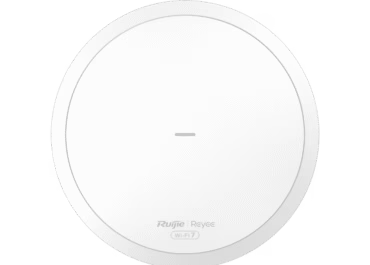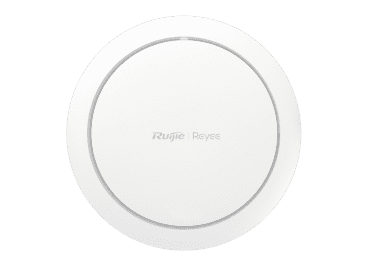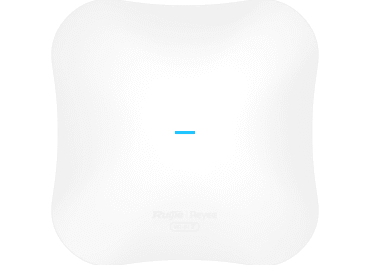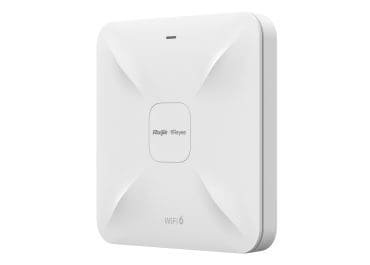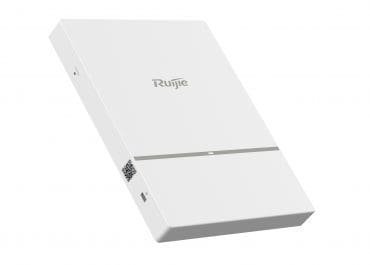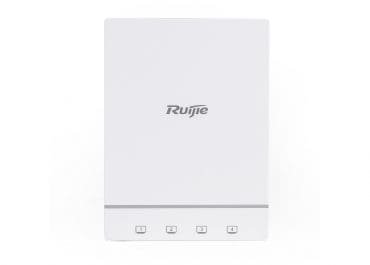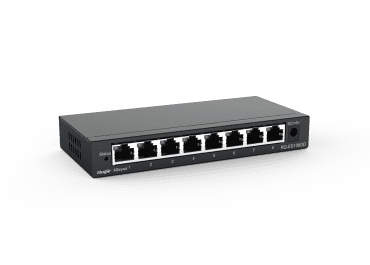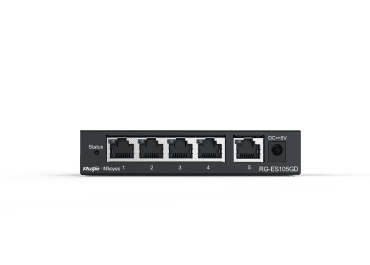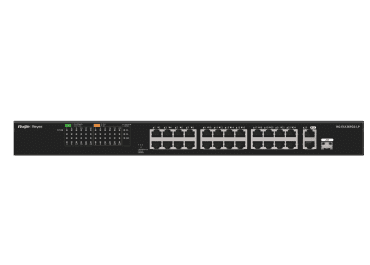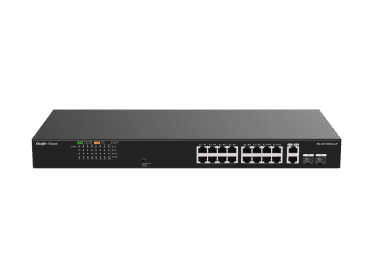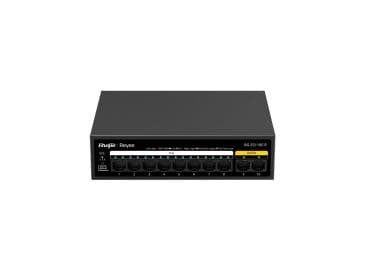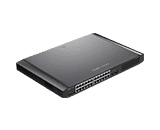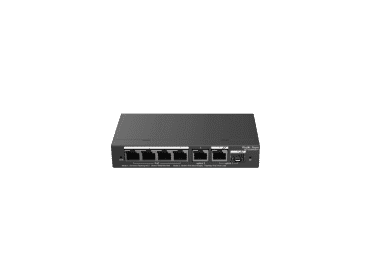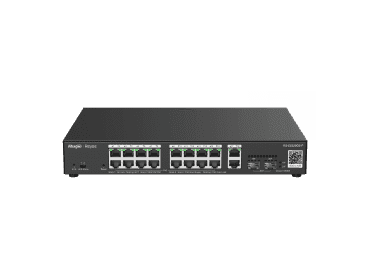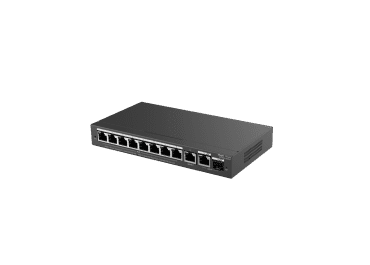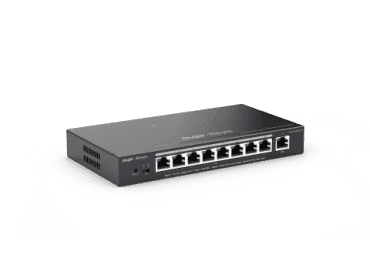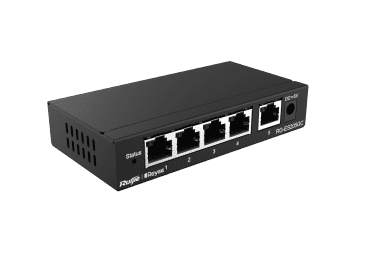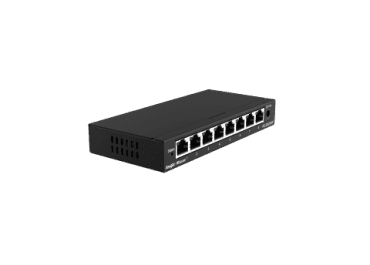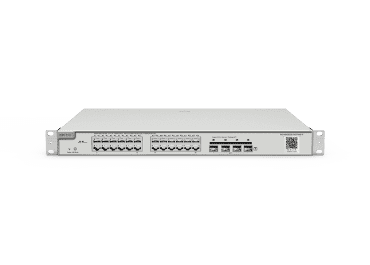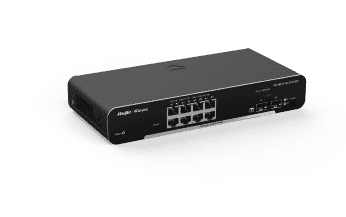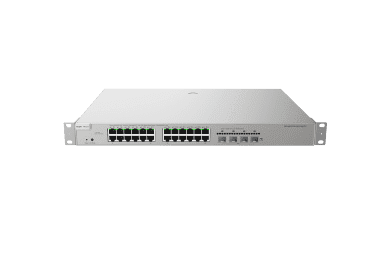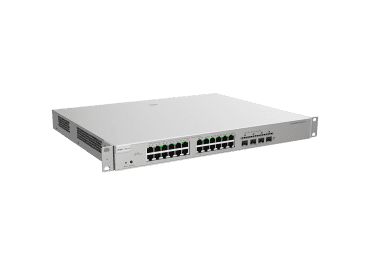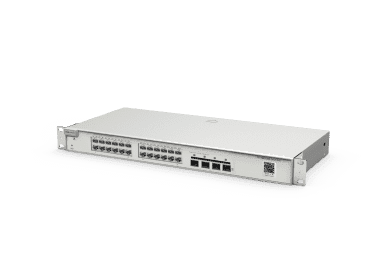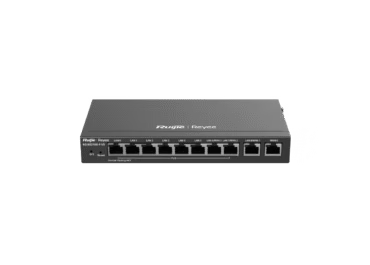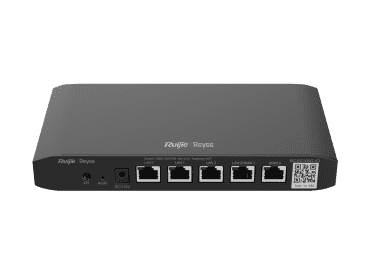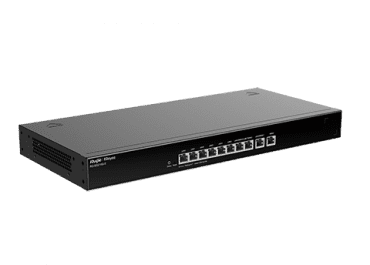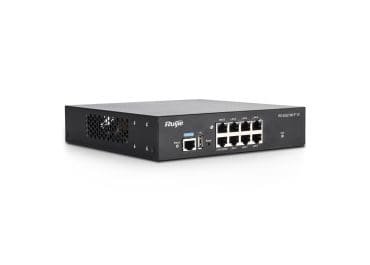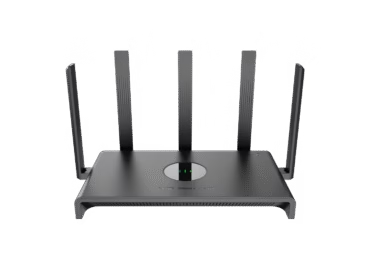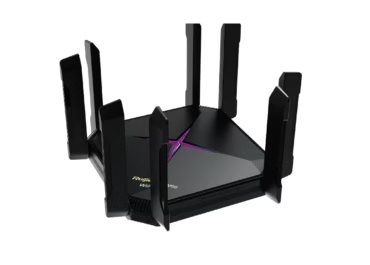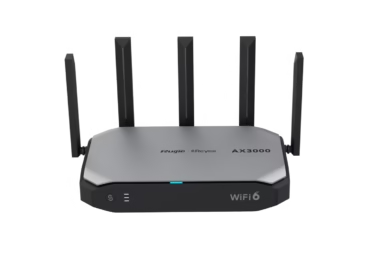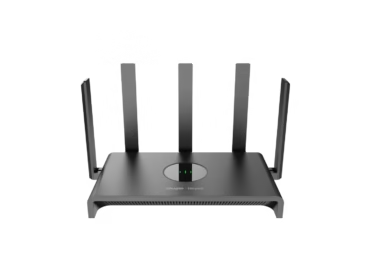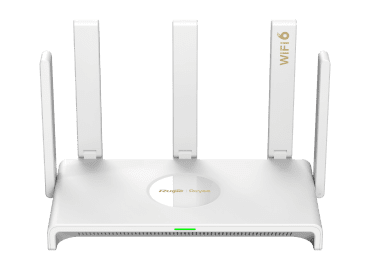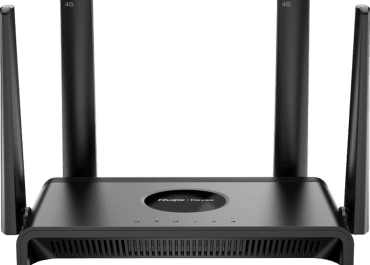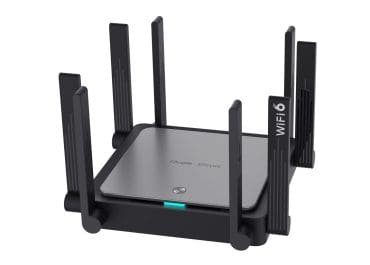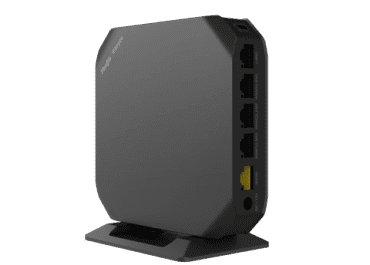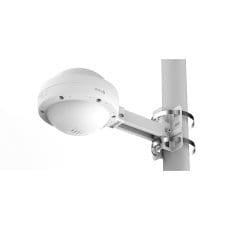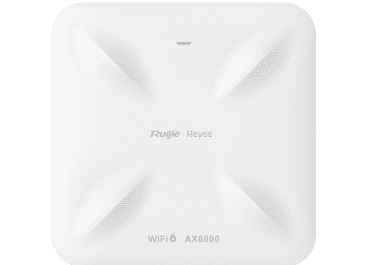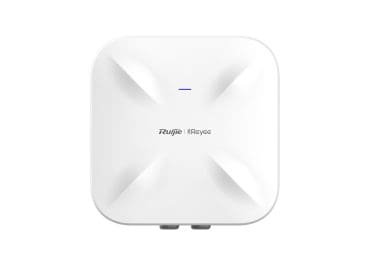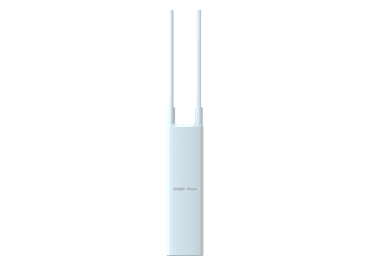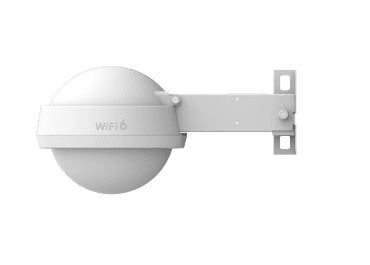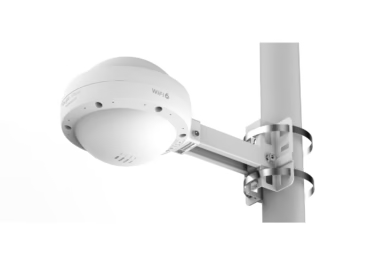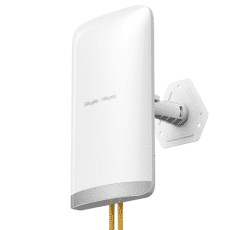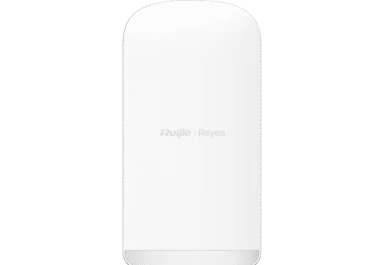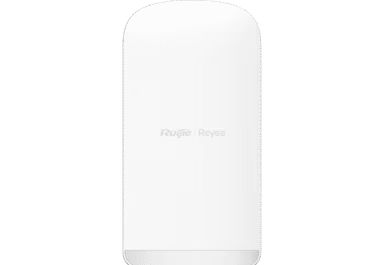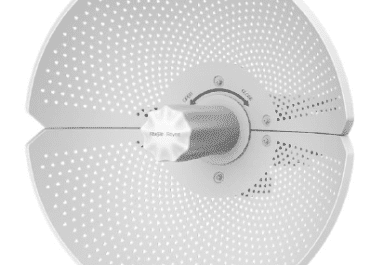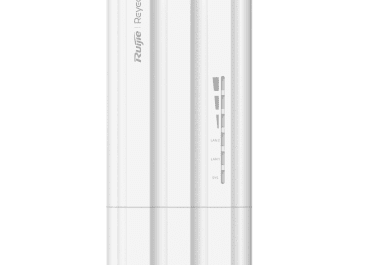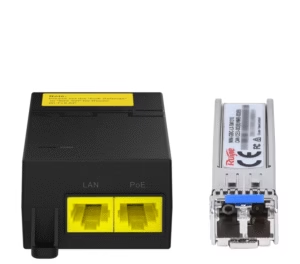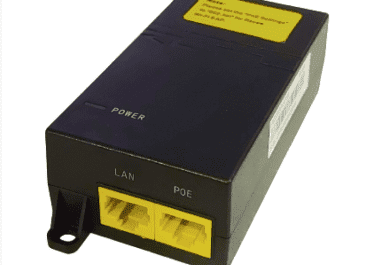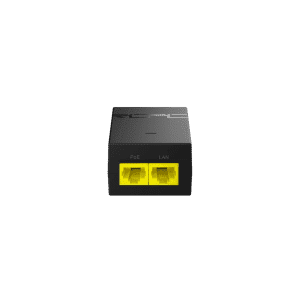POE stands for Power over Ethernet, and it refers to a technology that allows electrical power to be transmitted over Ethernet cables along with data. This eliminates the need for separate power cables, simplifying the installation of network devices such as IP cameras, VoIP phones, and wireless access points.
Standard POE is typically categorized into different IEEE (Institute of Electrical and Electronics Engineers) standards, each specifying the maximum power that can be delivered over the Ethernet cable. The two most common standards are:
IEEE 802.3af (POE): This standard provides up to 15.4 watts of DC power per port. It is suitable for low-power devices such as IP cameras and VoIP phones.
IEEE 802.3at (POE+): Also known as POE Plus, this standard offers higher power delivery, providing up to 30 watts of power per port. POE+ is designed to support devices with higher power requirements, such as certain access points and video conferencing equipment.
- Models:
- Ruijie RG-E-130(GE)
- Ruijie RG-E-120(GE)
A Passive Power over Ethernet (PoE) adapter is a device used to transmit both power and data over an Ethernet cable to power network devices like cameras, access points, or other equipment. Unlike the standardized IEEE 802.3af (PoE) or IEEE 802.3at (PoE+) standards, which involve negotiation and communication between the power source and the powered device, Passive PoE does not have a standardized negotiation protocol.
In a Passive PoE system, power is simply supplied over the Ethernet cable without the handshake and negotiation processes found in standard PoE. This means that the power is constantly provided, and there’s no dynamic adjustment of power levels. It’s a simpler method but lacks some of the features, such as power management, provided by standard PoE.
Passive PoE adapters typically consist of two parts: the injector and the splitter. The injector is connected to the network switch and power source, combining the data and power onto the Ethernet cable. The splitter is placed at the receiving end, separating the data and power for use by the connected device.
It’s essential to use Passive PoE devices carefully, ensuring compatibility between the injector, splitter, and the powered device. Mismatched power levels or non-standard implementations can lead to damage or malfunction of the equipment. Standardized PoE implementations are often preferred in professional and enterprise settings due to their interoperability and safety features.
- Models:
- Ruijie Reyee RG-POE-50-60W-MG
- Ruijie Reyee RG-POE-AT30
- Ruijie Reyee RG-POE-AT15


